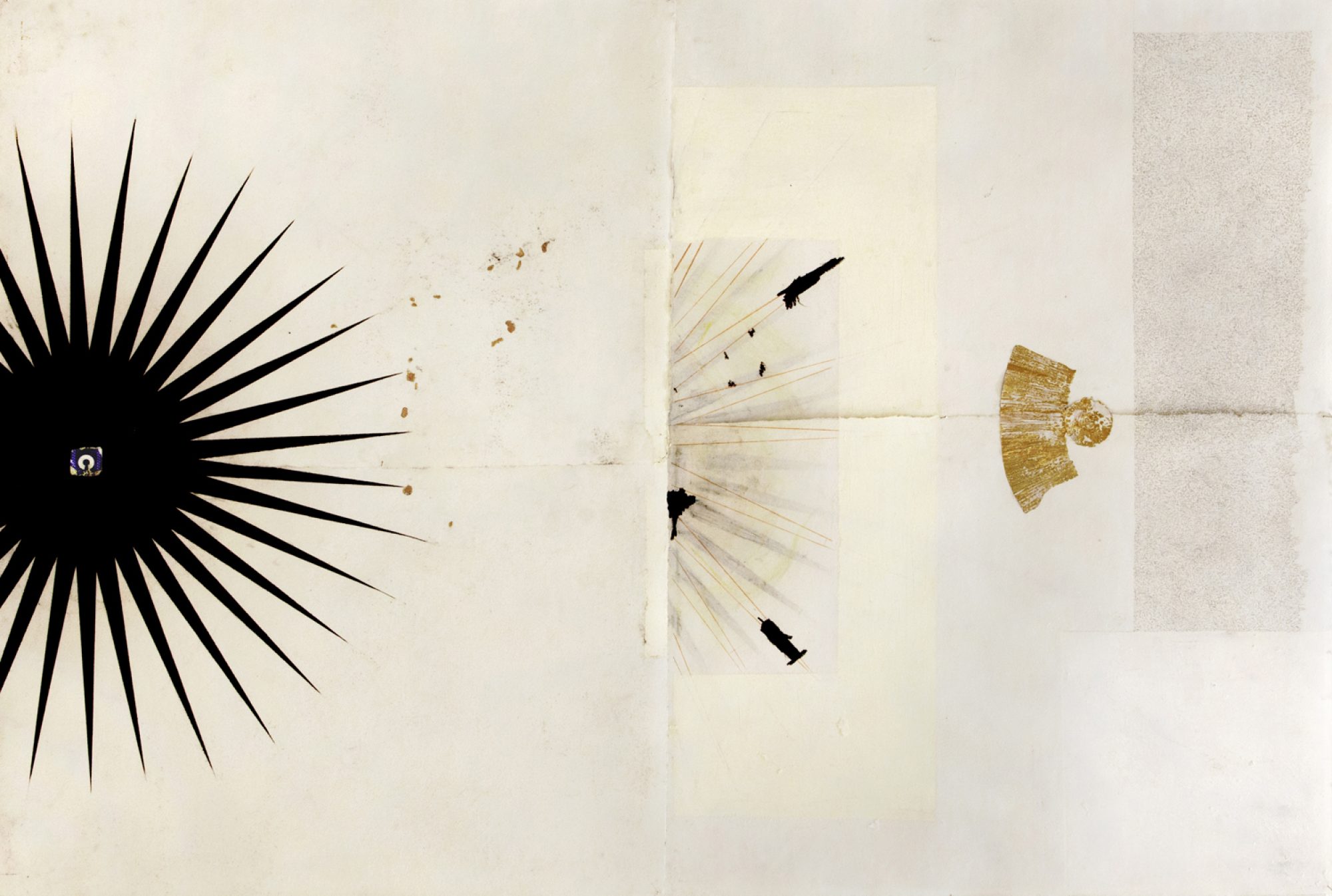Allan W. Shearer
Can you imagine the collapse of a civilization? Smaller in scale, but perhaps more immediate, can you imagine the death of your own society? What attitudes and what skills are needed to do so? And, if you can do it, what can you do next to prevent the end from coming?
In 1962, during what can arguably be considered as the height of the Cold War, national security expert Herman Kahn encouraged “thinking about the unthinkable”: the use of thermonuclear weapons. That same year, peace activist Gunther Anders put forth the premise that society’s ability to fear was too small to match the magnitude of the dangers posed by weapons of mass destruction. In response, he called on people to expand their imaginations and have, “the courage to fear.” Perhaps the fact that two such very different people called for creating the capacity to imagine existential scenarios indicates a fundamental challenge to our cognitive capabilities. But if envisioning potential horrors is necessary to understand our vulnerability, it is not, however, sufficient. Action must follow. Anders knew that in the face of fear, people may run for cover. He wanted people to take to the streets. Although Anders di not say so explicitly, the courage to fear must be complemented by “the courage to hope”—to also envision desired possibilities that demand action in order to become realities.
Today, the threat of nuclear war persists, but it is often overshadowed by concerns that the combination of population growth, planetary urbanization, economic globalization, and climate change will result in ecological collapse, social strife, and personal suffering. In this context, what does it mean to have the courage to fear? What could it mean to have the courage to hope?
How do you define radical hope?
An image of the world and a design of action that brings about a future which offers more choices for people than they have today.
How does radical hope emerge from my case study?
By analogy, from the perspective that communities and cities can be understood as living systems, with the hypothesis that understanding the causes and conditions of illness and the causes and conditions of wellness are complementary, and through the examination of extreme cases.
Readings:
- Anders, G. (1962) “Theses for the Atomic Age,” The Massachusetts Review 3(3):493–505.
- Boulding, K.E. (1961) The Image: Knowledge in Life and Society. Ann Arbor, MI: University of Michigan Press.
- Boulding, K.E. (1989) Three Faces of Power. London: Sage.
- Buzan, B., Waever, O., and de Wilde, J.. (1998) Security: A New Framework for Anaylsis. London: Reinner.
- Liotta, P.H. and Shearer, Allan W. (2007) Gaia’s Revenge: Climate Change and Humanity’s Loss, Westport, CT: Praeger.
- Morton, T. (2016) Dark Ecology: For a Logic of Future Coexistence, New York: Columbia University Press.
- Norton, R.J. (2003) Feral Cities, Naval War College Review 55(4):97–106.
- Shearer, A.W. and Liotta, P.H. (2010) Sustainability, Security, and States: Problems of Uncertainty, Paths of Action, in Wagner, C.G. (ed.) Strategies and Technologies for a Sustainable Future, 363–386, Bethesda, MD: WFS.
- Shearer, A.W. (2015) “Abduction to Argument: A Framework of Design Thinking,”
- Landscape Journal 34:2, pp. 127–138.
- Solnit, R. Hope in the Dark: Untold Histories, Wild Possibilities, 3rd edition. Chicago: Haymarket Books.(2016)
